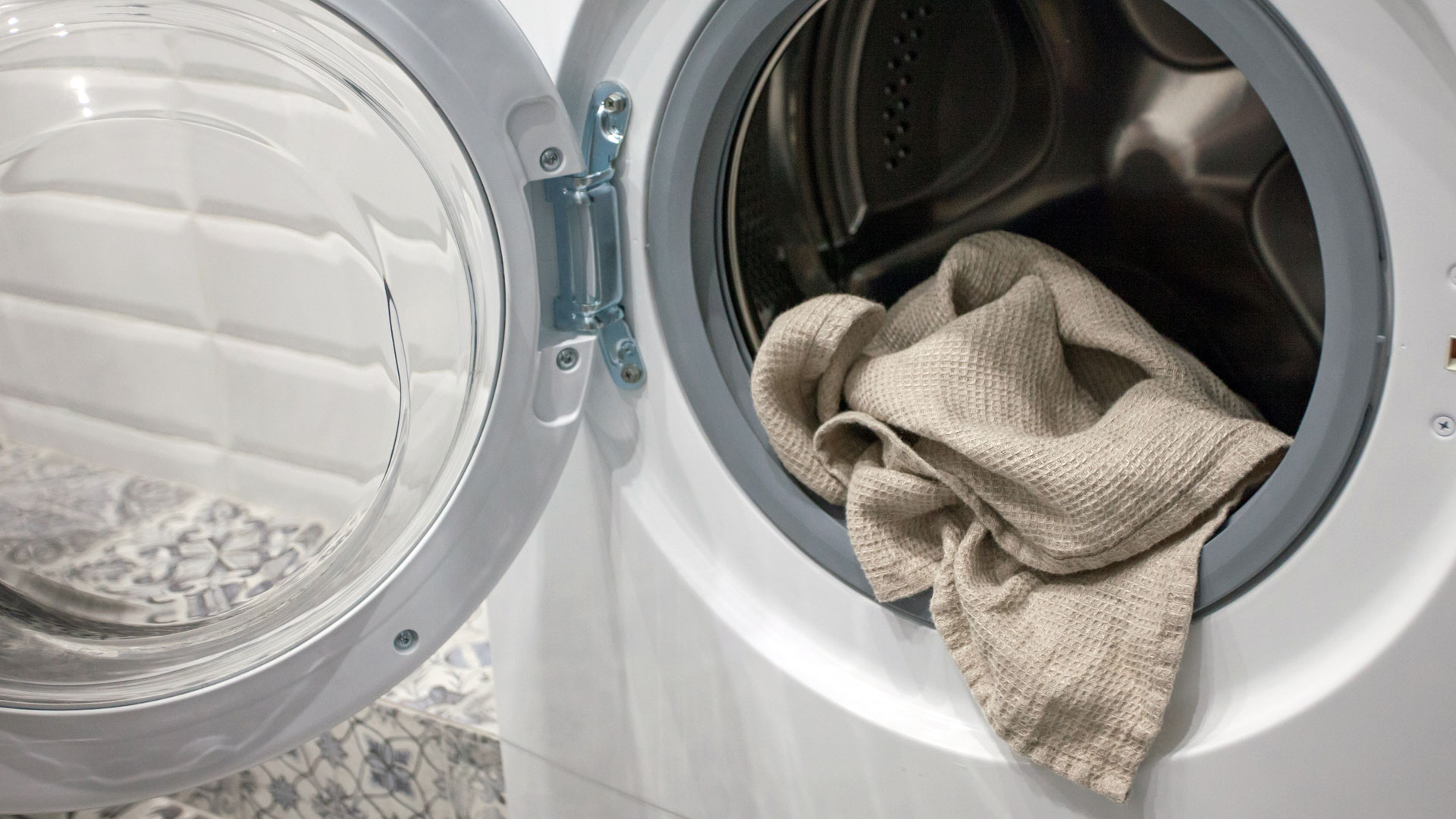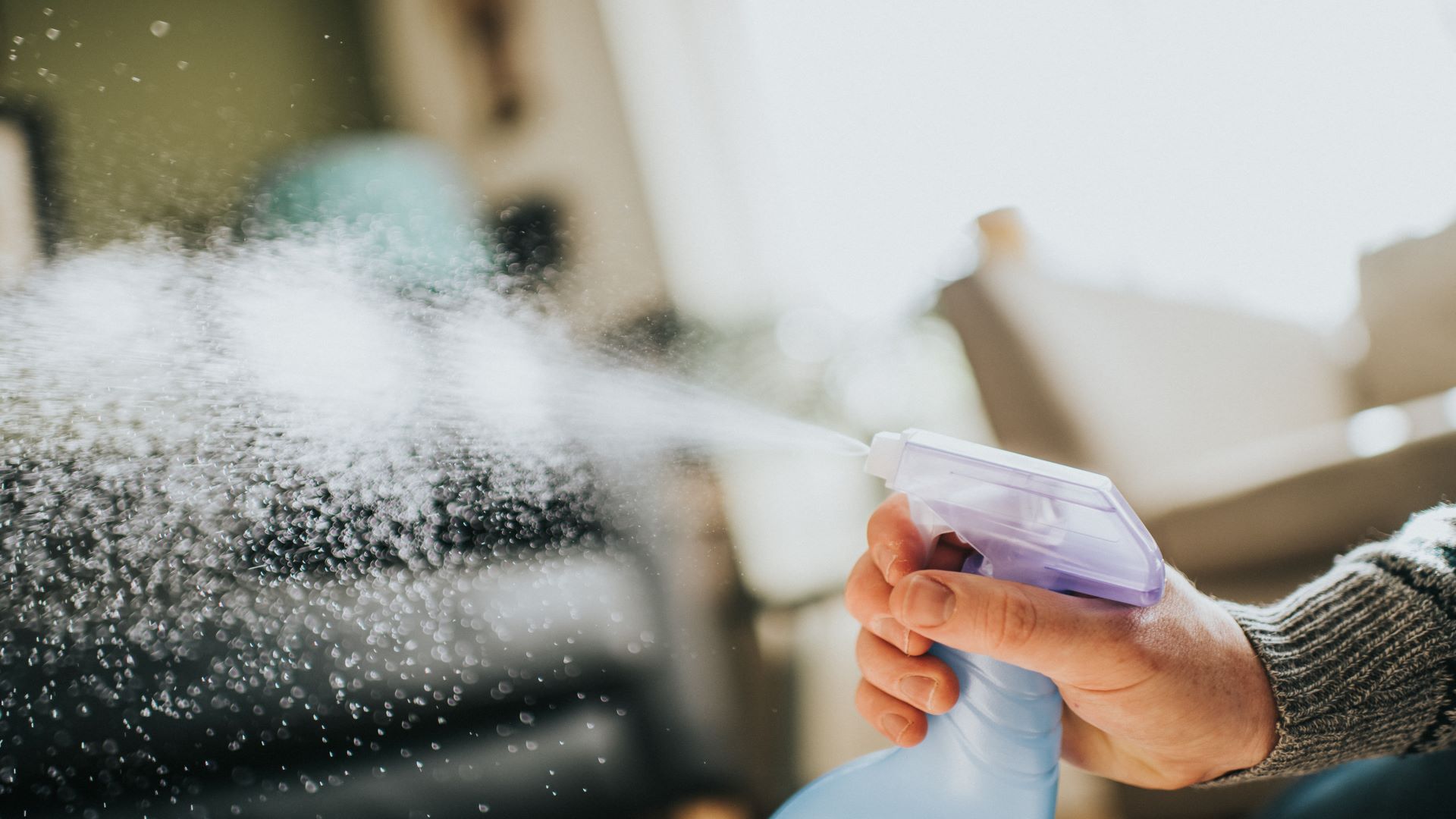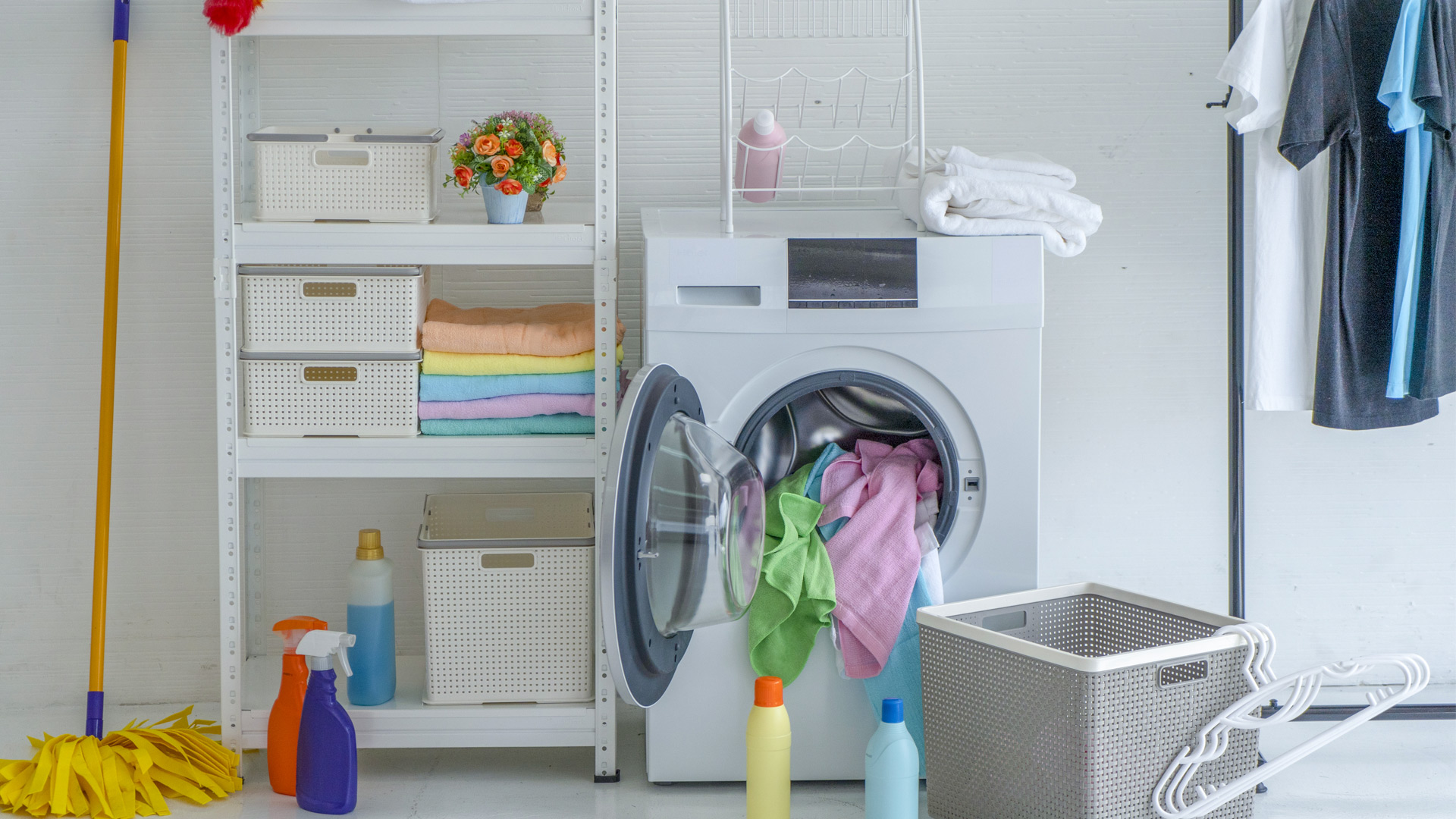We all know they’re supremely helpful appliances, but do dryers kill germs, and if so, to what extent? We’ve compiled all the answers on the abilities of these laundry machines when it comes to harmful bacteria, as well as whether they can tackle any bed bugs that might be lurking in your home. After all, any appliance that can help your home become a cleaner, more hygienic space is worth investing in.
Laundry day can often feel like a slog, but with one of the best dryers on hand, you can feel reassured that the latter part of your clothes-washing routine will go smoothly and that you’ll soon have fresh clothes to put away. But how clean are your fabrics when it comes to germs after a spin in the dryer?
In short, the drying cycle itself is probably not effective enough on its own to completely kill all bacteria. That’s because average household dryers only reach temperatures of 135 degrees Fahrenheit, which isn’t quite high enough to eradicate the germs you want them to, even after a spin in the best front load washers beforehand. But all is not lost on this germ-killing mission, as there’s still likely to be a good portion of harmful bacteria killed at those temperatures, and there are further steps you can take to ensure better hygiene.
One of those steps is to sanitize your clothing when it’s in the dryer by setting the machine to the highest possible temperature your fabric can withstand. The higher the temperature, the less likely any germs will be to survive. Once your cycle is done, you can also take extra measures by hanging your clothes or facemasks in direct natural sunlight, as ultraviolet light works wonders in waving goodbye to bacteria, too. Just make sure to flip your fabrics over to check that the sunlight gets to both sides.
How to kill bacteria with your laundry routine
While washing is essential for banishing stains, drying is the most effective process when it comes to eradicating germs. However, there are steps you can take during the washing portion of your laundry day to deter germs in your home. Use a higher temperature for washes when you want to sterilize certain items, including when a member of your household is ill. Make sure that this higher temperature isn’t going to irreversibly damage your clothes at a high temperature before you begin.
If you’re updating your machine soon, there are certain washers with dedicated Sanitize cycles that might make your life easier. Some even claim to be capable of eradicating 99.9% of harmful bacteria in the wash cycle. Beyond high temperatures, detergent can also be effective in helping to sanitize your wash loads. The ingredients to look out for in any product you buy are chlorine bleach, pine oil, or phenolic disinfectants, but follow the instructions carefully to avoid ruining your clothes. Adding a laundry sanitizer can also help, but again, make sure you follow the safety instructions clearly.

Do dryers kill bed bugs?
There are also other nasties that your household appliances can help with. According to the University of Minnesota, ‘thoroughly washing and drying your bed sheets is sufficient to eliminate bed bugs, but it’s the drying part that will really make sure they are well and truly gone. Using the highest temperature setting for around 30 minutes will quickly get rid of the pesky bugs to guarantee fresh sheets that are safe to sleep on.’
But it’s not just your laundry that needs to be fresh; it’s just as essential for the machine to stay clean, too. As with any household appliance, the dryer will need to be regularly maintained so that it continues to dry well and keep your laundry as hygienic as possible. It’s also important to sanitize your dryer after it has contained laundry that you think might have contained germs or viruses.

How to clean your dryer
If a member of your household is ill, then it’s a good idea to wash their laundry as a separate load to avoid cross-contamination. And it’s also worth sanitizing your machine after the wash until their illness has passed. For advice on how to do this, head to our feature on how to clean a washing machine.
To clean your dryer, use gloves and then clear the lint from the removable lint screen, making sure you dispose of the lint safely. You can then wipe down the drum and seals with a well-diluted solution of detergent and water, vinegar and water, or a special appliance cleaner. Give a final wipe-down with a clean damp rag. To dry everything off thoroughly place some old rags in the dryer and set on the highest setting for ten to fifteen minutes. While this is running, also wipe down the exterior of the machine.
To keep the dryer functioning correctly, you can also clean and maintain the vent according to the instruction manual, ensuring you unplug the appliance first.
So the bottom line when it comes to sanitizing your washing in the dryer, is to use the highest heat setting possible. While doing this regularly is not usually energy-efficient, and may even damage your clothes, it’s worth doing if you are looking to sanitize face masks, for example. And don’t forget to seek out some sunshine to ensure as many germs are eliminated as possible. Ironing can also help kill germs.
If, however, you are looking to banish bed bugs, then the dryer offers the perfect solution for you.
Taking precautions out in public
The inevitability of coming into contact with germs when out in public can be a distressing thought, especially with the events of the pandemic in the last year. One practical thing you can do to ease some of your worries is to change your habits when you’re out and about.
Keeping your distance from others is one crucial step, as well as getting into the habit of avoiding contact with surfaces or counters, like on public transport. They’re small steps, but if they make you feel more comfortable, then they’re worth putting into action. The same goes for carrying antibacterial gel or spray so that you can freshen up your hands whenever you need to.

